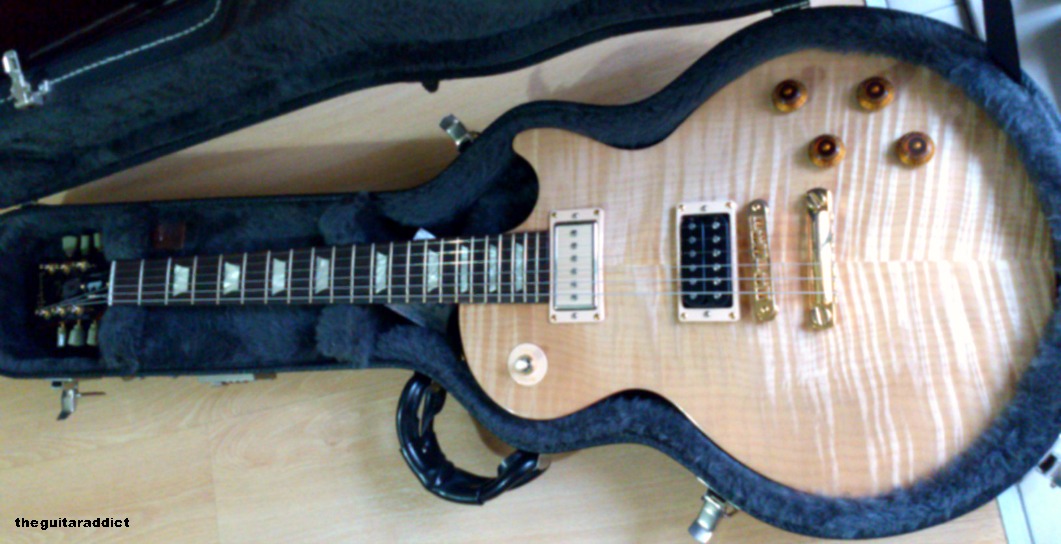

Better than almost any guitar I've played to this day. I personally have played a studio once that was so good I almost slapped down the £700 there and then. I think that if you find a good one, it'll be one incredible guitar, and worth more than it's price tag. like the way anything sounds through a krank amp. when people say it's good for dark metal, they might mean it's gonna sound raw and harsh. My fear about getting an esp without trying one is this. ESP though, i never got a chance to try out most of those guitars. But that's not what i'm looking for right now. Jackson.well, they kick *** and i plan to get an RR1 one day(when i can shred), last time i played an RR1 i was blown away, soloists(even professional, not usa.jp made) are excellent too. Schecter sound nice and deep but the tone.gibson wins there. Right now i have a friends old s series and that's not right either, its tone screams play dragonforce on me. Very good guitar but i just wasn't digging its tone. I had a nice prestige but the tone wasn't anything specific. īefore this i had an ibanez and i realized they're are not for me. (original pickups and everything).Īnd ESP.man i was finally settled on gibson! Thanks for sending me down the horrible path of re-thinking guitar choices. The Classic was based on the 1960 model but it would be misleading to term it a reissue.Well on the original question.are you SURE the only difference is the flamed top? I mean, my friends premium plus certainly seems to sound nicer. The 1960 reissue is a Custom Shop guitar. Unhelpfully they both have classic on the truss rod cover.Īlso don't let anyone tell you it is a 1960 reissue. All classic-antiques are chambered, have classic 57 pickups and white inlays and usually flame tops. The fact they're primarily plain tops has led to rumours of inferior wood usage (although I've never seen any proof of this)Īlso as an end note don't confuse a classic with a classic-antique.

People also don't like the 'piss coloured inlays' or skinnier necks People don't like the hot pickups because it isn't the traditional les paul sound (most les paul buyers want to sound like a '59 or slash: both of which use low output pickups) They're generally a bit cheaper too thanks to good old cork sniffing and conservativism. Swap out the pups, truss rod cover and inlays and it's a 60s necked standard. Slim 60s neck (all years - some standards have 60s but most have 50s)Ĭhambered from late '06 (but then so were standards)

Plaintops early 90s onwards (the very early 90s and the 89s have some gorgeous flamed tops generally called classic plus, premium plus, etc) Greenish/yellowish inlays early 90s onwards Hot, ceramic pickups 500t and 496r (all years)


 0 kommentar(er)
0 kommentar(er)
